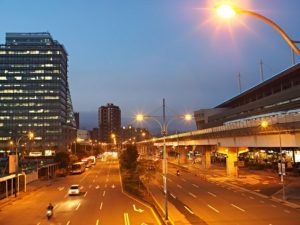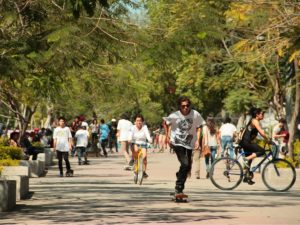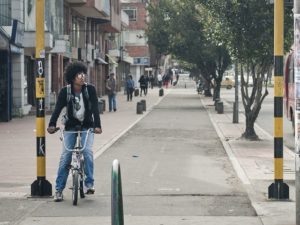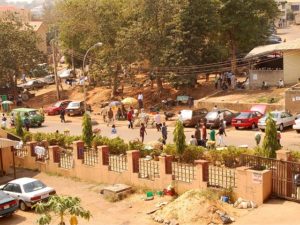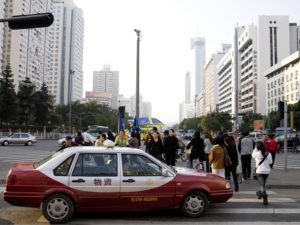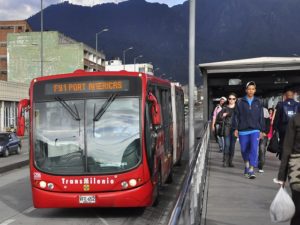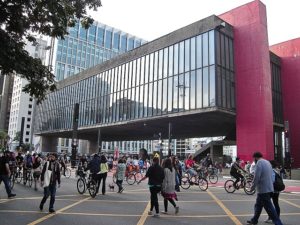
With the arrival of new and powerful technologies, and the declining costs of these technologies, some new possibilities are emerging for cities and their transport systems. For example, the Internet of Everything (IoE) can benefit cities by connecting people, processes, ...


Lighting represents about 15 percent of global power consumption and 5 percent of worldwide greenhouse gas (GHG) emissions. Street lighting alone represents about 3 percent of world electricity consumption. Extensive programs that replace obsolete street lighting systems—incandescent, mercury vapor, and ...


It’s not often that you encounter museums dedicated to urban planning and development. But they do exist, and they are presenting panoramas of urban areas, both historically and spatially. While many museums have traditionally focused on presenting valuable objects and ...


The famed American landscape architect and Central Park designer Fredrick Law Olmsted said that parks are the “lungs of the city.” However, many cities around the world—from growing Addis Ababa to sprawling Mumbai and dense Sao Paulo—currently lack adequate public ...

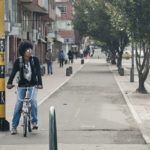
Habitat III in Quito Ecuador this October will be an opportunity to galvanize local leaders to forge strategies for sustainable, equitable and resilient urban growth. But the stakes are high, and the conversation among policymakers and local leaders is still ...

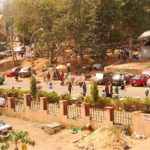
From February 24 – 26, 2016 African ministers and stakeholder representatives from numerous civil society organizations gathered in Abuja, Nigeria to discuss African priorities for Habitat III, the U. N.’s 20-year urbanization conference that takes place in October. At the end ...


The benefits of cycling—both for cities and people—are well known. For individuals, cycling can be an efficient, safe and cheap form of mobility as well as a good source of physical activity, helping to reduce obesity and other health risks. ...


On February 23 the World Business Council for Sustainable Development (WBCSD) launched the Energy Efficiency in Buildings laboratory (EEB Lab) in Shanghai. In a city where 18.4 percent of emissions come from buildings, the EEB Lab is engaging local stakeholders ...


Physical inactivity is one of the ten leading risk factors for death worldwide. Approximately 5.3 million people die prematurely every year due to cardiovascular diseases, breast and colon cancer and diabetes and other illnesses associated with sedentary lifestyles. According to The ...

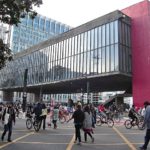
Major changes in thinking never happen easily. Projects that change established structures and routines typically encounter significant resistance along the way. Changing entrenched thinking, therefore, often requires finding ways to demonstrate the positive impacts of change. Paulista Aberta is one ...

Page 96 of 348« First...1020...959697...100110...Last »














